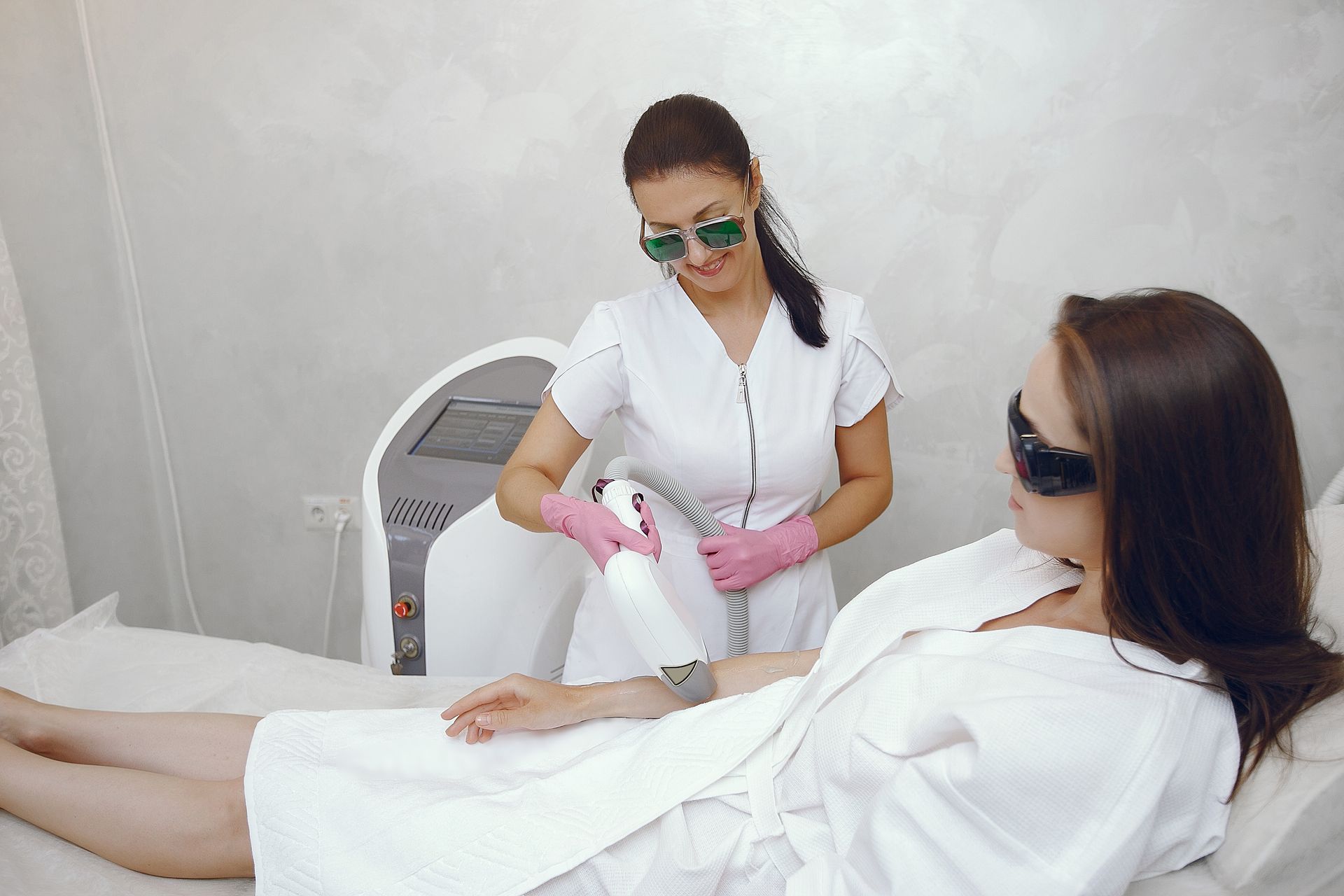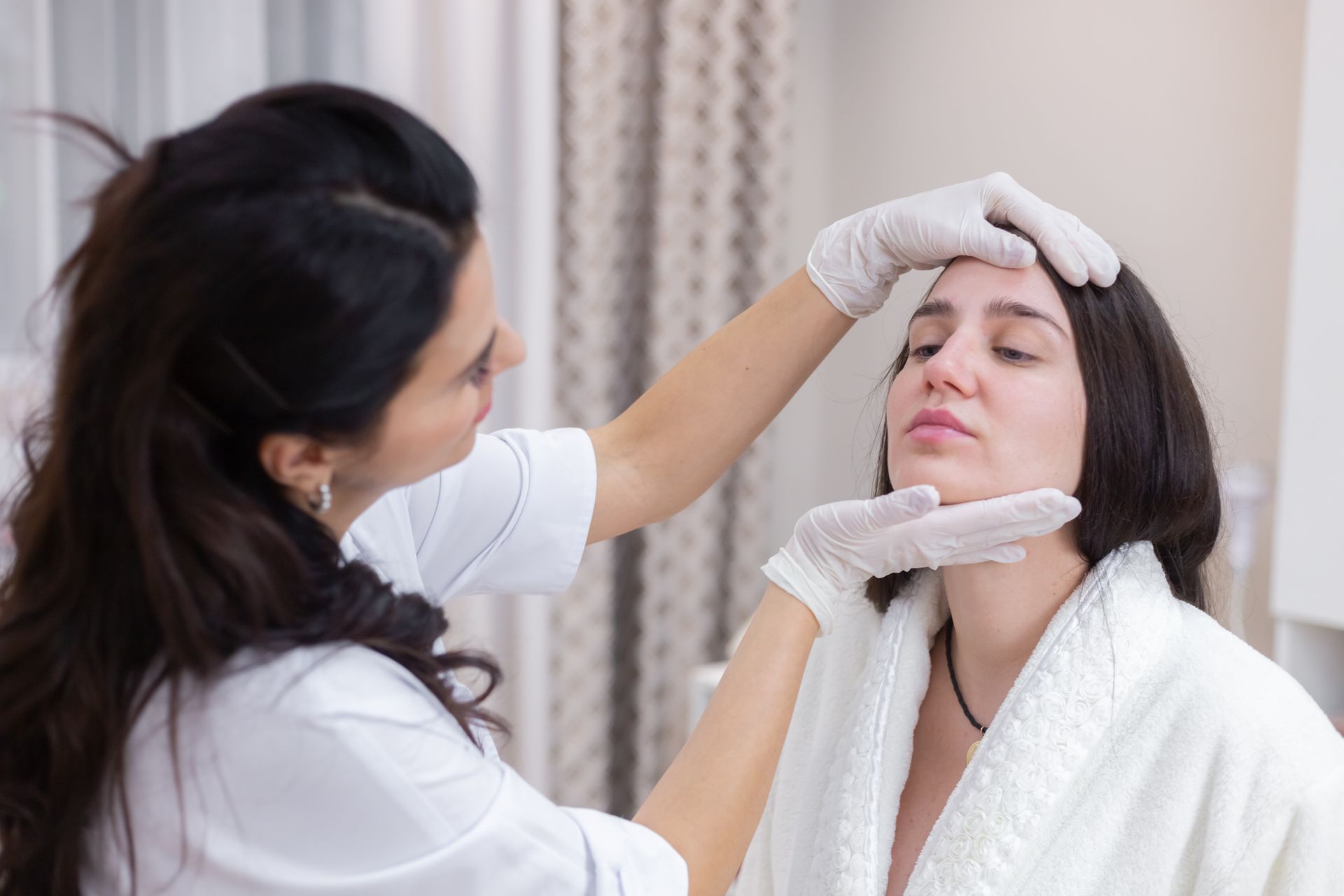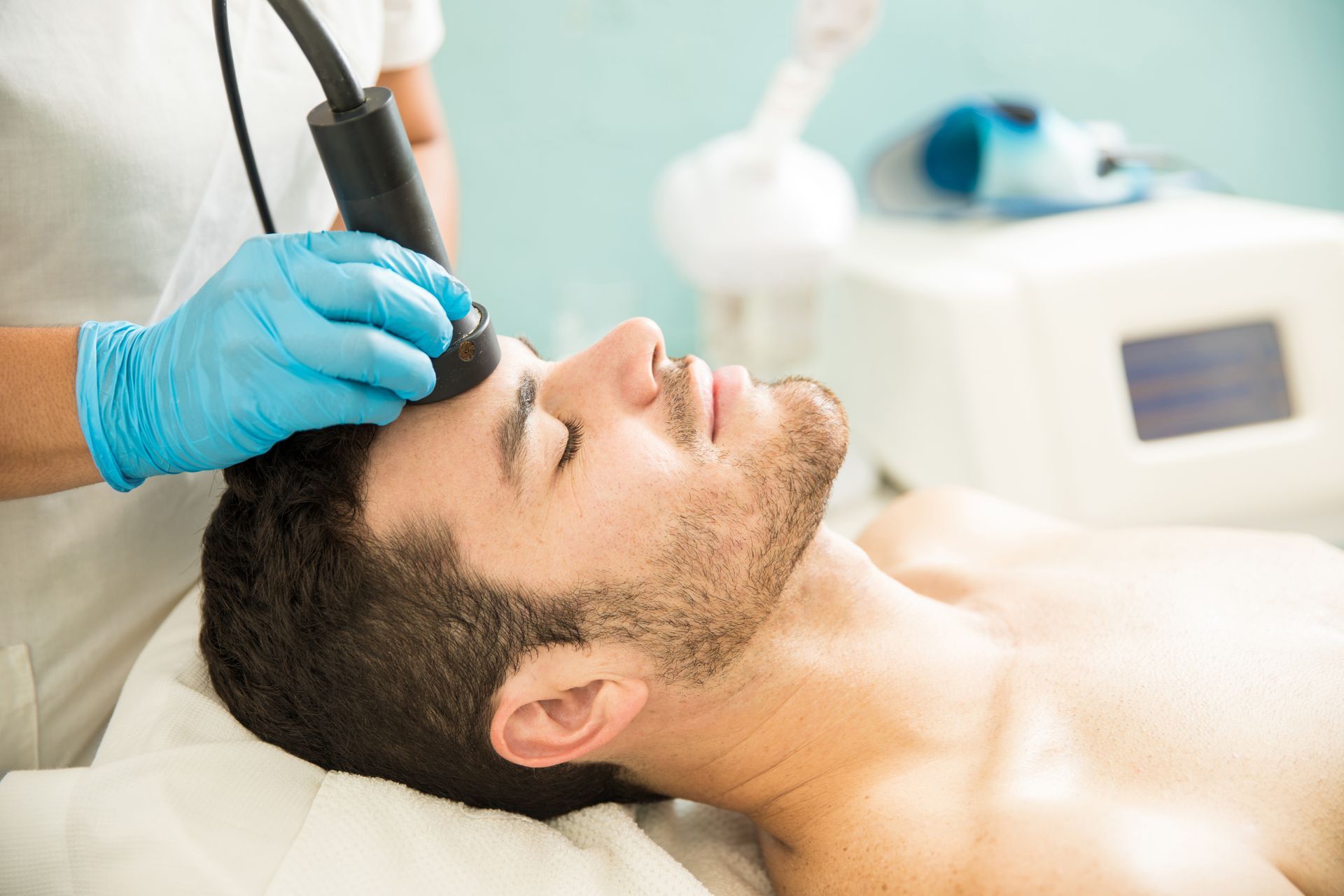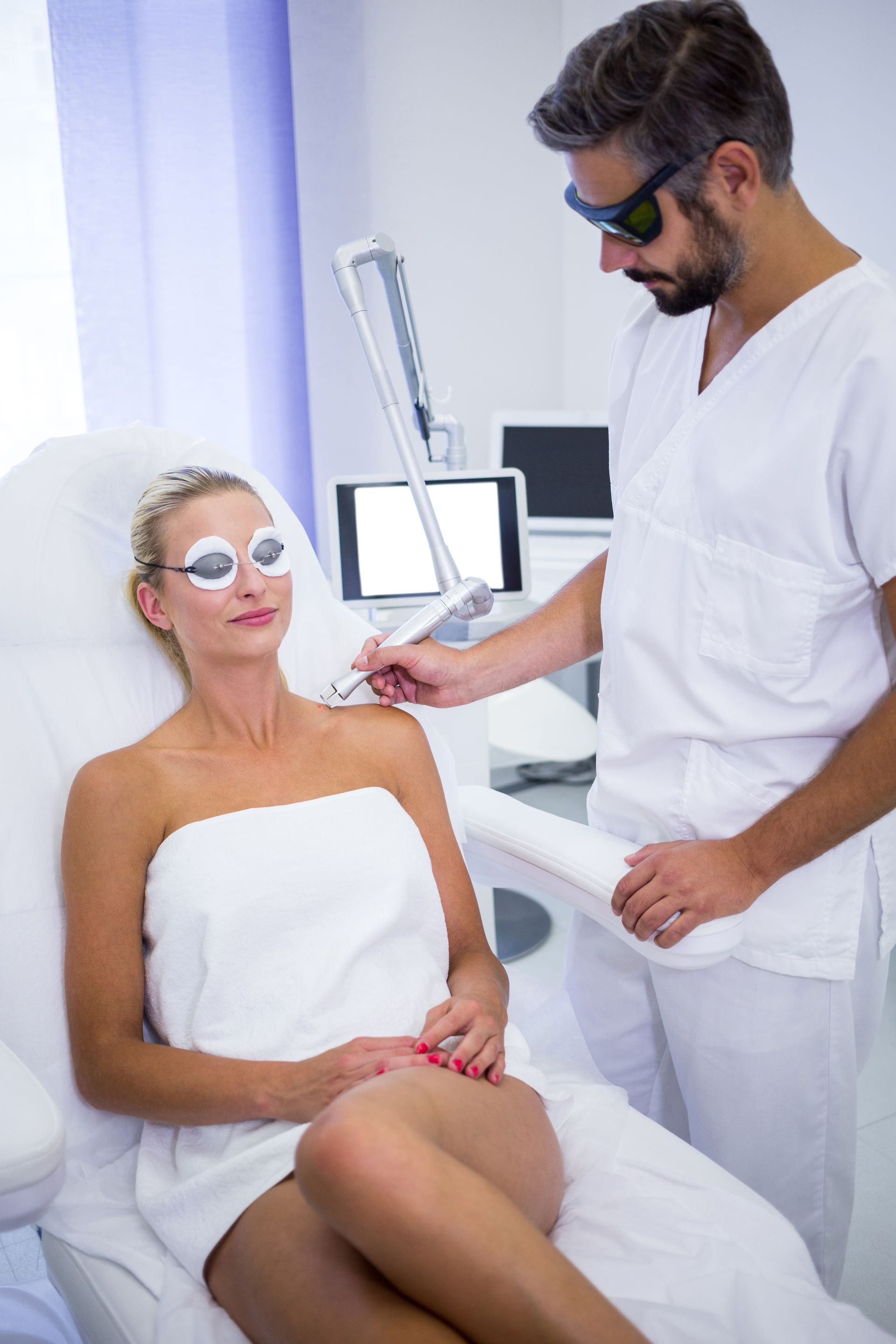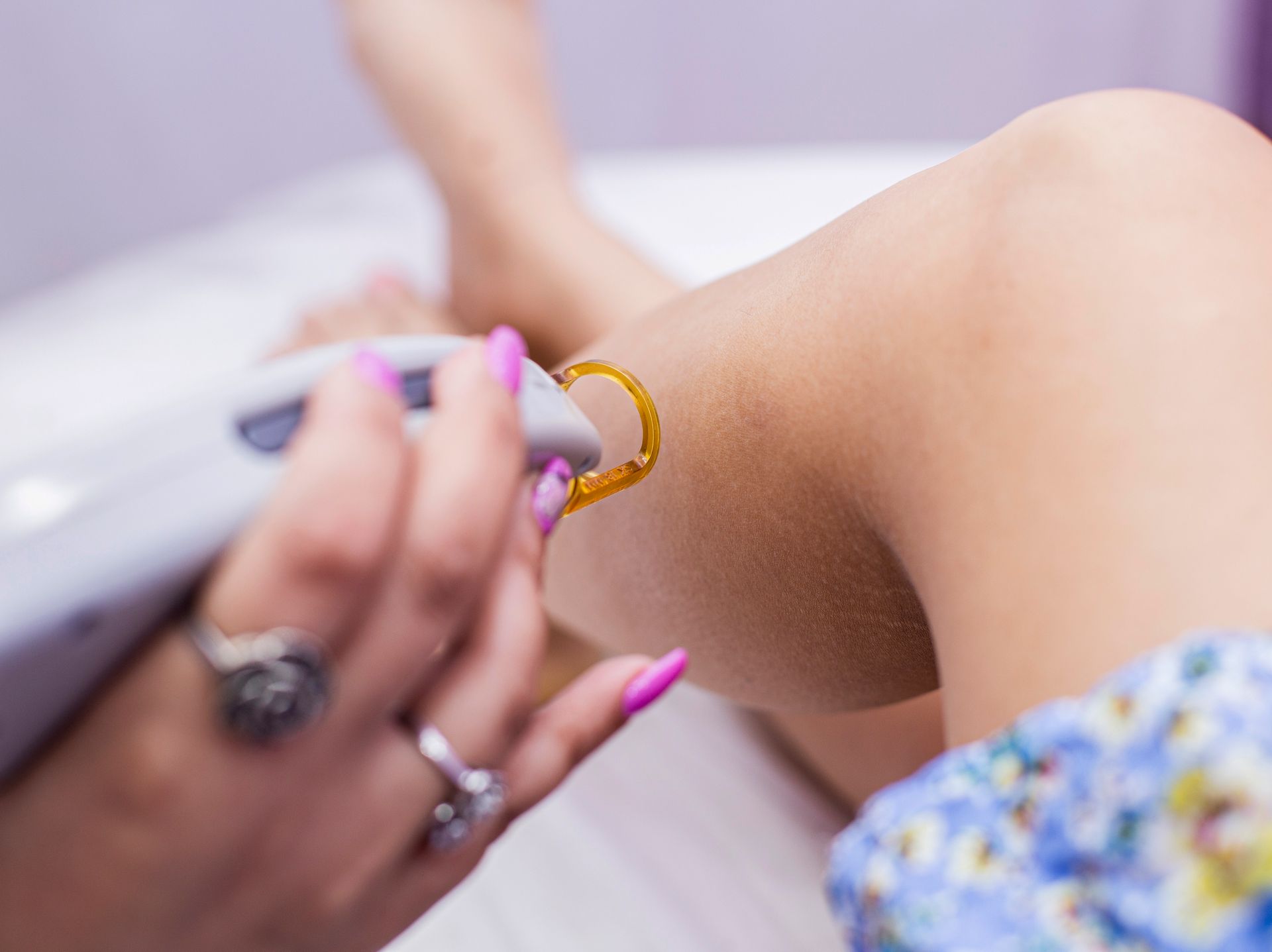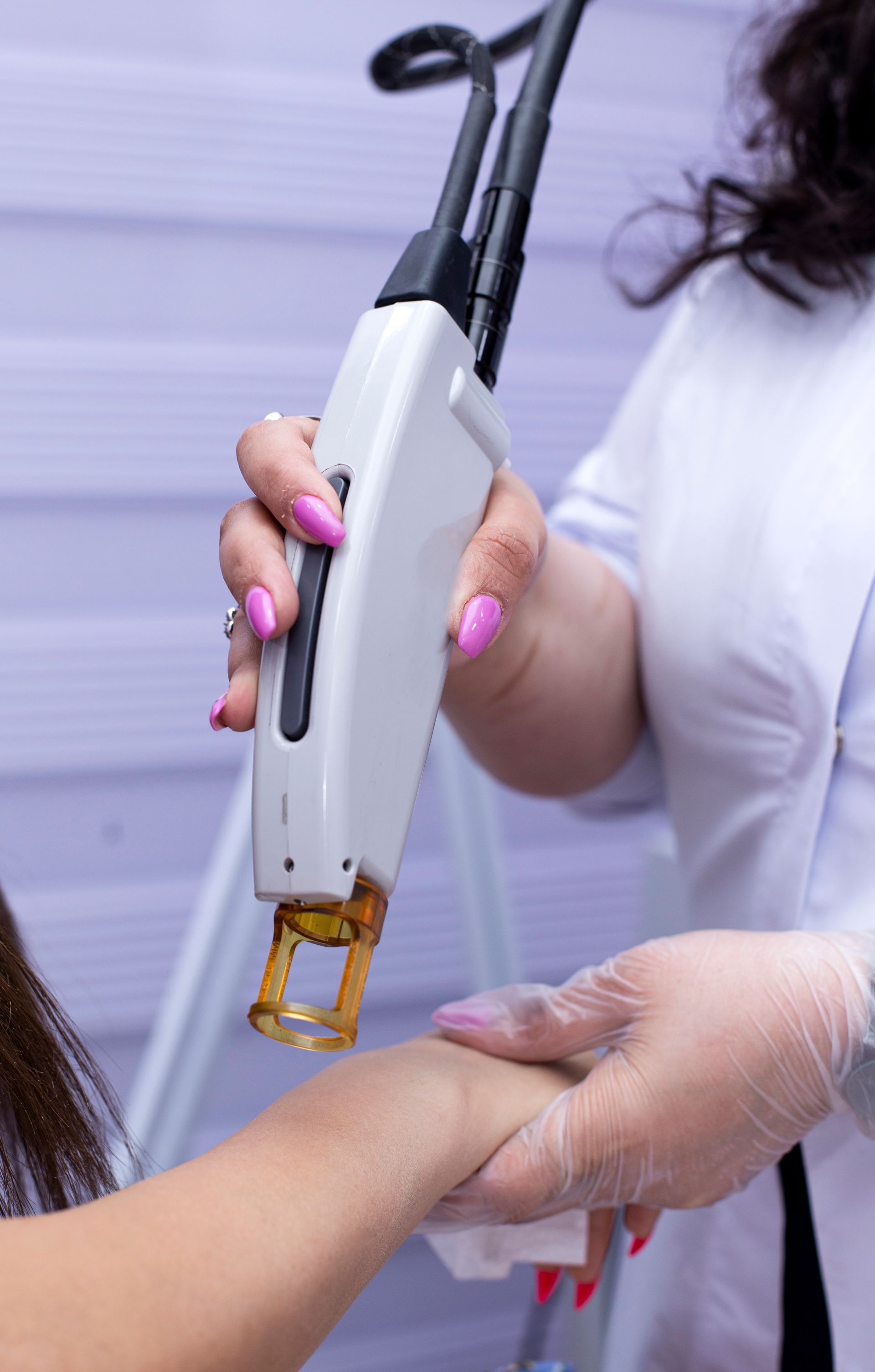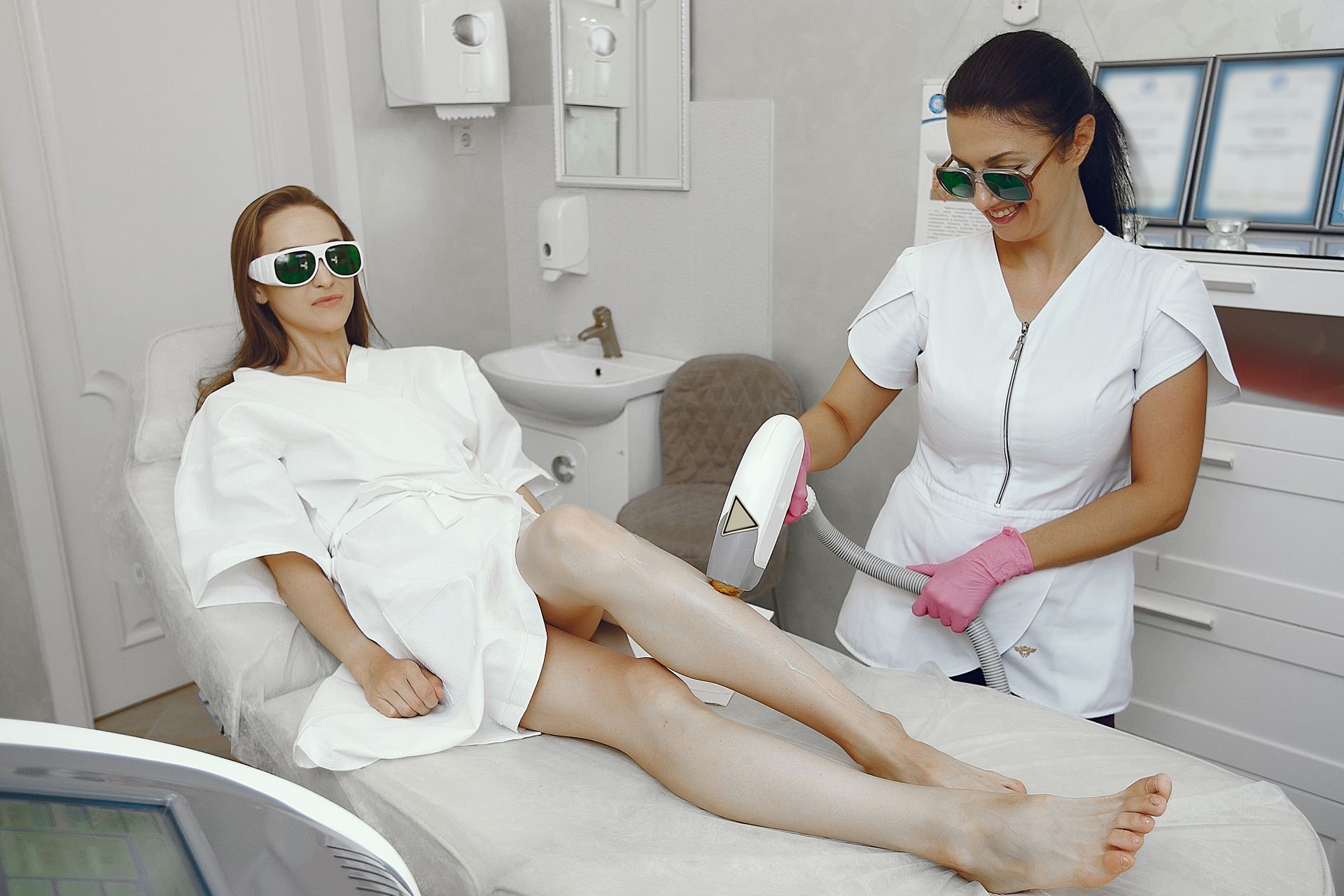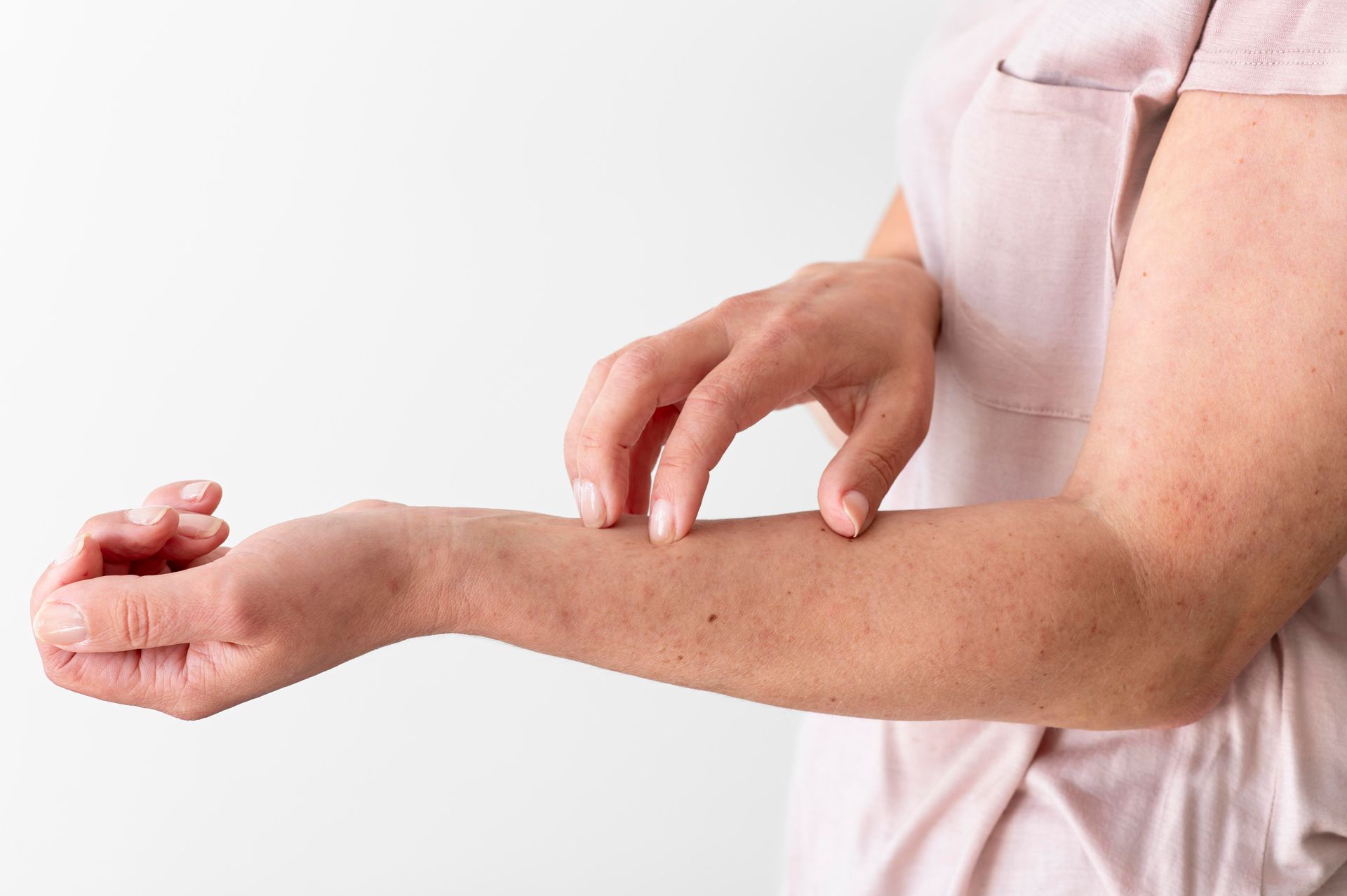Arm Laser Hair Removal: Sessions, Cost, and Results Timeline
Laser hair removal has quickly become one of the most effective ways to reduce unwanted hair — and arms are one of the most commonly treated areas. Whether you’re tired of frequent shaving, waxing, or dealing with ingrown hairs, laser treatment offers a long-term solution. However, before diving in, it’s essential to understand how it works, the number of sessions required, the potential results, and whether it’s worth the investment.
The Science Behind Laser Hair Removal: How It Targets Follicles
How Does Arm Laser Hair Removal Work?
Laser hair removal works by directing a concentrated beam of light into the hair follicles. The pigment (melanin) in the hair absorbs the light, which damages the follicle and slows down or stops future hair growth.
For the arms, this process is particularly efficient because the hair here is typically coarse enough for the laser to detect and target effectively. However, the exact results vary depending on your skin tone, hair color, and the laser technology used.
Modern devices, like Diode and Nd:YAG lasers, have made it possible to treat a wider range of skin tones safely and effectively — minimizing the risk of burns or pigmentation changes.
How Many Sessions Are Needed for Arm Laser Hair Removal?
Most people need 6 to 8 sessions spaced about 4 to 6 weeks apart to see significant results. Hair grows in different phases — active, resting, and shedding — and lasers are only effective during the active (anagen) phase.
This means multiple treatments are necessary to target every follicle at the right time. Some fine touch-ups may be needed every 6–12 months to maintain smoothness.
Typical Session Breakdown:
- 1st–2nd session: You’ll notice slower regrowth and lighter hair.
- 3rd–4th session: Patches of hair start disappearing permanently.
- 5th–6th session: Most follicles are disabled, and skin feels smoother.
- 7th–8th session: Final clean-up of any remaining fine hair.
What Does an Arm Laser Hair Removal Session Feel Like?
During the session, the technician will clean and shave the area before applying a cooling gel or a cooling tip laser device. You’ll wear protective eyewear while the laser pulses over your skin.
Each pulse feels like a quick snap of a rubber band — slightly uncomfortable but tolerable. Many clinics use cooling technology to minimize pain and redness. After the treatment, mild redness or swelling is normal but typically subsides within a few hours.
How Much Does Arm Laser Hair Removal Cost?
The cost of arm laser hair removal depends on several factors — including clinic reputation, location, and technology used.
Average price range (per session):
- Half arms (forearms only): $100 – $200
- Full arms (shoulder to wrist): $200 – $400
Because you’ll need multiple sessions, the total cost may range from $800 to $2,500 for full results. Some clinics offer packages that lower the per-session cost when you prepay for multiple visits.
Arm Laser Hair Removal Results Timeline
You won’t see permanent results after just one session — laser hair removal works gradually and cumulatively. Typically, after the first session, hair starts to grow back thinner and slower. By the third session, you’ll notice a visible reduction of about 40–50%. After six sessions, most people experience around 80–90% permanent reduction, and by the eighth session or beyond, only minimal fine hair remains. To maintain smooth, hair-free arms in the long run, occasional touch-ups are usually recommended once a year.
Who Is the Ideal Candidate for Arm Laser Hair Removal?
The ideal candidate has light to medium skin with dark hair, since the contrast helps the laser target follicles effectively.
However, newer devices like Nd:YAG can safely treat darker skin tones as well. If your hair is very light (blonde, red, or gray), the laser might not detect pigment, making electrolysis a better alternative.
How to Prepare for Your Session
1. Avoid sun exposure: Stay out of the sun and tanning beds for 2 weeks before treatment.
2. Shave before your session: This helps the laser focus on the follicle, not the hair on the surface.
3. Skip waxing or plucking: Removing hair from the root means the laser won’t have anything to target.
4. Avoid harsh skincare: Don’t use retinol or exfoliating acids on the treatment area 2–3 days before your appointment.
Aftercare Tips for Best Results
After your session:
- Apply aloe vera gel to soothe irritation.
- Avoid hot showers, saunas, and workouts for 24 hours.
- Skip sun exposure and tanning for at least a week.
- Moisturize daily and wear sunscreen on exposed arms.
- Do not pick or scratch the treated area — let shedding occur naturally.
Following these steps helps prevent irritation and ensures long-lasting smoothness.
Arm Laser Hair Removal vs. Shaving and Waxing
When comparing arm laser hair removal to shaving and waxing, the long-term benefits become clear. Shaving is mildly painful and inexpensive but needs to be repeated every 2–3 days since hair grows back quickly. Waxing offers smoother results for about three to four weeks, though it can be moderately painful and costs more over time. Laser hair removal, on the other hand, involves mild to moderate discomfort across 6–8 sessions with occasional touch-ups. While it has a higher upfront cost, it provides 80–90% permanent reduction — saving both money and effort in the long run, especially for those tired of constant maintenance.
Common Myths About Arm Laser Hair Removal
Myth 1: Laser hair removal hurts too much.
Reality: Modern systems use cooling devices, making discomfort minimal.
Myth 2: It causes skin damage.
Reality: When performed by trained professionals, the risk of burns or pigmentation is very low.
Myth 3: Results are permanent after one session.
Reality: Multiple sessions are needed to catch every follicle in its growth phase.
Conclusion: Is Arm Laser Hair Removal Worth It?
If you’re looking for smoother, hair-free arms without the constant hassle of shaving or waxing, laser hair removal is absolutely worth considering. It offers long-term results, saves you time, and leaves your skin looking polished and clean.
While the upfront cost may seem high, the convenience and confidence it brings make it a smart investment in the long run — especially if you choose a reputable clinic and follow pre- and post-care instructions carefully.
BOOK YOUR FREE SESSION
